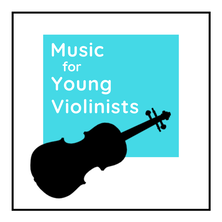|
Should students be able to play better than their teachers? This is a lofty goal, but a fun challenge that propels me forward and is the impetus of the newest resource from Music for Young Violinists: One Octave Scales and Arpeggios It all started when I was 13 years old & my teacher said to me "if I am doing my job right, you should be able to play better than I did at your age." I was stunned because it never occurs to you to advance higher than your teacher. Years later when I started teaching, I took this concept to heart and was determined to advance my students in a more streamlined way than I learned. I view this as a part of the continuum of humanity. As we discover how the brain works and how myelin is developed, then theoretically, we should be able to produce better students than ourselves. That is why I created the One Octave Scales and Arpeggios resource for beginning-intermediate level students. I found my students learning Bach & Vivaldi concertos (Suzuki Book 4 level) and ready for a full, 3-octave scale system to add to their curriculum. However, in my experience even if a student was learning repertoire at this level, their ear had not yet been trained to hear the arpeggio progression so they would struggle with both the learning of correct notes and the advanced shifting required in the upper octaves. There had to be a better way to teach this and this is what led to the creation of the One Octave Scale and Arpeggios resource. This resource helps build a solid foundation by concentrating on the first octave of the arpeggio progressions so the student can master the aural template and basic finger patterns before embarking on more advanced octave/shifting work. One Octave Scales and Arpeggios for Violin is a 31 page eBook designed to give beginning-intermediate level violin players a solid foundation in both scales and arpeggios. Features include:
A peak behind the scenes of the latest M4YV collection:
0 Comments
Scroll down to the end to enter the giveaway contest.What is a bucket board? In short, a bucket board structures a way to create a culture of kindness by acknowledging those around you with notes of support. I work in a dialysis clinic - and yes, if you are new here, you read that correctly, I am both a nurse and musician (you can learn more about my interesting journey from one to the other here if you are curious). Working in healthcare can get stressful at times because lives are at stake and resources are limited. Our managers decided to install a bucket board to help us acknowledge our co-workers for all their numerous acts of kindness done in the day. A bucket board works like this: A bulletin board is installed in a central location and each staff member gets a little "bucket" (or bag or envelope) with their name on it. Next to the board is a table with paper, pens and funny memes. Co-workers can write notes of gratitude and encouragement to each other and leave the note in the "bucket." Bucket boards are for any group where people come together for a common cause - your violin studio, community center, school, family, place of worship, etc... 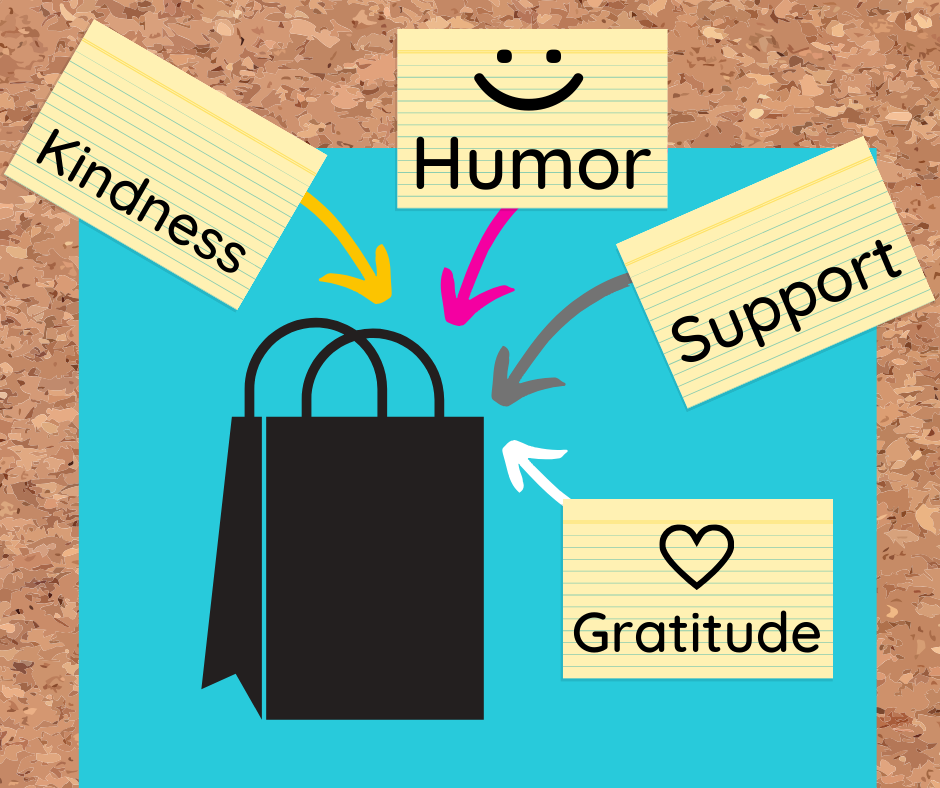 The bucket board concept is part of the bucket fillers movement started in 2006 with a mission to "help all ages grow in kindness, self-control, resilience, and forgiveness, all leading to a happier life. They do this by using the metaphor of a bucket to explain where we keep these positive feelings and experiences." They self-describe their movement as being "a new twist on the Golden Rule." Through their books, presentations, and website, they explain "we all carry an invisible bucket in which we keep our good thoughts and feelings. When our buckets are full, we are happy; when they are empty, we are sad. It’s important to know that we can fill our own bucket and so can others. We can also dip into it." They go on to describe on their website: “Bucket fillers are those who help without being asked, give hugs and compliments, and generally spread their love and good feelings to others. The simple metaphor of a bucket helps even preschoolers understand the importance of consideration and love, particularly towards those who bully. People who “dip” into our bucket often rob us of happy feelings by refusing to help with a task or by saying or doing cruel things." Their website, Bucket Fillers 101 shares 9 different publications, mostly geared towards youth but the themes are universal to all ages. You can learn more about this movement to increase kindness, access free downloads and gain inspiration on their website HERE. Notes of Kindness - Violin & MusicVisit the Music for Young Violinists store to access a collection of violin & music themed notes of kindness to use in your violin teaching studio. No one is immune from the human experience which means that everyone has challenges. A bucket board creates a system to share support with others and uplift them.
Have an idea for spreading kindness? Let us know in the comments below. 5 entries will be chosen at random to receive a $30 M4YV gift certificate. Winners will be chosen on January 31 Are you inspired to start a bucket board for your studio, classroom, home, place of work or community center? This can be done easily and does not necessarily need buckets. The term "bucket board" can be a bit of a misnomer because you can also create this with envelopes, gift bags or any other container that can hold notes of kindness. You can even learn how to make a paper bucket from Bucket Fillers 101. Download FREE bucket fillers on the FREEBIES page and purchase violin themed bucket fillers for $5 at the Music for Young Violinists store. Click on the "Bucket Boards" button below to view my Pinterest board on these:Download the notes of kindness posted below + 6 more designs on the FREEBIES page to help start a bucket board in your violin studio.Visit the M4YV store to access music-violin themed bucket fillers.“A dream without a plan is just a wish.” Dream Trees help you slow down and create the life you want. You can use these beautiful sheets to define your dreams and map them into actionable goals. Plus, many of the designs in the Dream Trees collection are infused with sacred geometry to help your soul remember higher truths. Learn more below. I developed some bad habits in nursing school and yes, you read that correctly and yes you are in the right place. This really is a project about playing/teaching/loving the violin. It’s a long story (click here to get a glimpse) but at the heart of it, I believe we heal through our passions and I hope to merge the world of healthcare with the arts. Before this new career in nursing, I spent 23 years teaching music, performing and composing. Music is still my passion and I work on this project whenever I get some free time to help me stay connected to this love. I don't have all the answers but I believe that music is an essential component of humanity living more peacefully so I have made it my mission to help bring more music into the world. Back to my nursing story, even though I graduated nursing school in June 2019, I immediately plunged into preparing for the national licensing exam (aka the NCLEX), finding a job and then training for this intricate and exciting new job as a dialysis nurse. It's been intense and my health and long term goals took a back seat. I am just starting to get settled from all of these changes and sat down recently with my fancy new Passion Planner and a cup of dark coffee (my favorite). I purchased this particular planner because it comes with goal mapping tools. However, there was one problem, they are not beautiful. I believe beauty connects us to truth and wanted this to be incorporated with my goal setting so I developed the Dream Trees. I know that if you are a musician you have a special type of passion for working on making your dreams come true so I thought these would be perfect to share with this group. Scroll down for examples of how to use Dream Trees. Visit the FREEBIES page to download a sample. View the entire collection on the store. 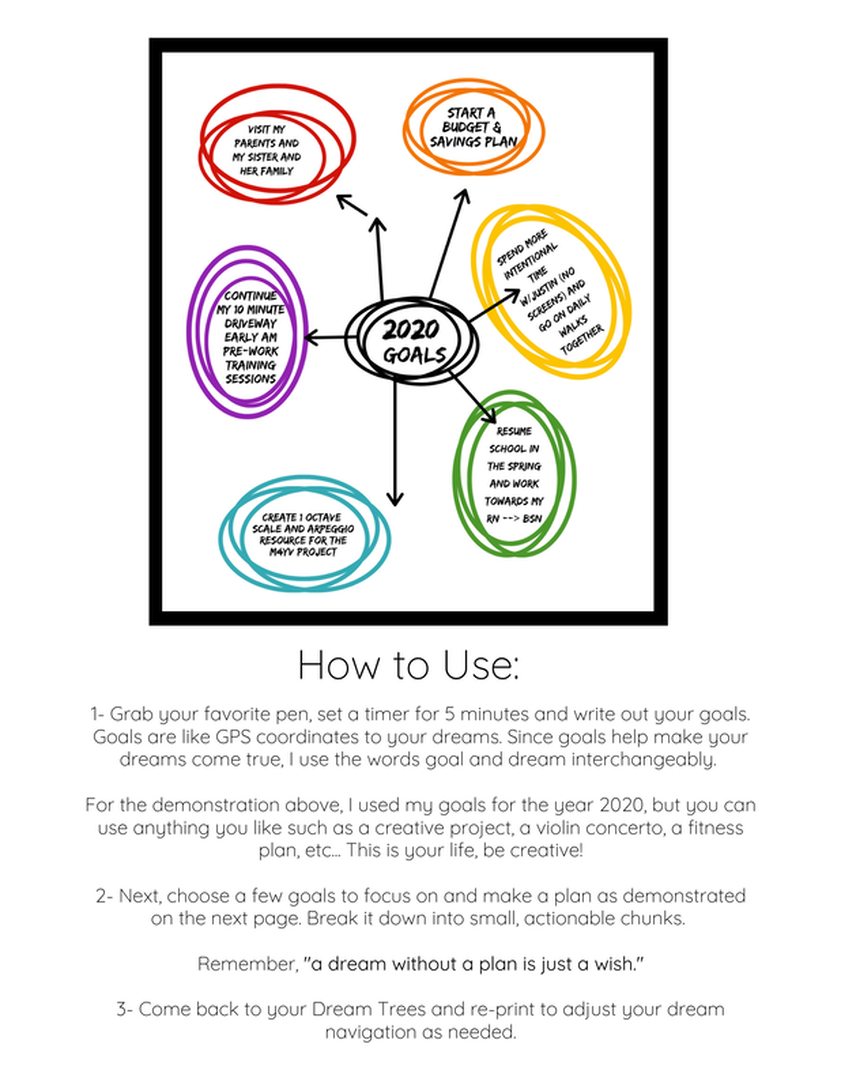 Calendars, Goals & the BIG Secret About Our Teaching Learn how to teach goal setting and organization to your violin students by using a calendar and working backward. Not a teacher? Not a problem, this is still great content for students and parents to help you streamline your goals and clarify your focus. You will find it especially useful if you are preparing for a performance. Plus, I also share what I think is the big secret about the work we do as violin teachers: We are not just teaching the violin... We are not just teaching music... We are teaching our students life - how to live a life with purpose and for how to navigate and process the complexities of the human experience. That is the “Big Secret” alluded to in the title and more specifically that by teaching our students to have success with their violin skills and musical expression we are sharing with them a template for how to have success in other areas of their life as well. One way we can do this is to set goals and use a calendar to create a plan for how to turn these goals into a reality. Goals are like GPS coordinates for your dreams. All of my advanced and older students get a hard copy of a 9-month calendar at the beginning of the school year and we sit down together and write in all of the performances, dress rehearsals, group classes and auditions. Then, we work backward from this structure to plan for our musical goals to best prepare for them and have success. For my younger or less advanced students, I give them a 3-month calendar in the months preceding our solo recital and do a shorter version of the planning mentioned above. In short, we are using music and the violin to teach our young students how to make their dreams come true and we need to offer them concrete tools in this process. Hardcopies of calendars that are organized by the teacher and student together help both parties clarify goals and create a structure for achieving success in these desired outcomes. To see a demonstration in more detail of how to use a calendar to support your violin goals please view the video below. From Pygmalion in the Classroom by R. Rosenthal and L. Jacobsen (2007):Experimenters told teachers that 20% of the children in a certain elementary school showed unusual potential for intellectual growth. The names of the 20% were drawn by random sample. Eight months later these unusual or "magic" children showed significant gains in IQ than did the remaining children, who had not been singled out for the teachers' attention. The changes in the teachers' behavior towards these allegedly "special" children led to changes in their intellectual performance. These children did better not because they were any more intelligent than their classmates but because they were expected to do better by their teachers.
I believe this study is a wonderful reminder for what we already intuitively know. When we vision our children achieving their potential and consistently expect greatness from them, they will be able to reach their highest levels. Link for the book on Amazon. Learn more about this on Wikipedia. Music is not something you do, it's a place you go. No one is immune to the human experience. All of us will have challenges and pain and music is a prescription for a healthy escape from the gravity of life. Music creates a space that allows for us to recharge, regroup and reflect in a manner that builds us up instead of depleting us. Music heals. I work with a group of Suzuki Violin teachers in my city (Eugene, Oregon) to create events for our students. Sunday, June 12, 2016 was our first event of the summer: a review party for our more advanced students with an ice cream bar afterwards. To say we were excited to host this party for our students was an understatement but when I woke up that morning to the indescribable horror of yet another mass shooting in our country the last thing I wanted to do was put on my happy face and assume my public role as a teacher in my community. I wanted to lay in bed, follow the unfolding news story and grieve the loss of innocent life while venting the anger that comes from the continuity of these shootings and injustices.
I am not qualified to speak on the politics and social issues that surround the circumstances of the Orlando shooting but I can share my personal experience with how music played a vital role in my life that day and I hope also for the students involved. When the time came to meet for our Suzuki Violin review party, I left half heartedly with the shooting on the front of my mind. As soon as I arrived at our location I was able to mentally “change channels” and enter into the world of music. I played along that day more than someone with an overuse injury like me would normally plan to do. In that hour of playing the violin, playing J.S. Bach, playing with colleagues & playing with students something transformative happened. Inside the music I was able to forget about the tragic events and elevate above the pain, anger and confusion that is part of our human experience and was provoked by the senseless shooting in Orlando that morning. It was not appropriate to bring up the tragic event with the students but inevitably some of them were aware of this recent unprecedented news story. I am confident that the music - in the form of playing the violin, playing masterworks by great composers, playing in unison with friends and playing with trusted teachers also provided a safe space for these young musicians to unconsciously process the events and was a reprieve from the gravity of this reality that is becoming all too regular in our country. Music fills many voids in our life and can provide a safe space for unconscious introspection in times like this. (7%-38%-55% Rule)From the 1-Minute Pedagogy Series1 - Minute Pedagogy is a series of 6 short videos that share my favorite "pearls of wisdom" I have received for violin teaching from colleagues and teacher trainers over the past 2 decades. Think of these little videos as us having a cup of coffee together and sharing advice and perspectives to support the work we do as teachers. Please feel invited to continue the dialogue with your own ideas in the comments on the blog or youtube channel below. I apologize for the silly grin in some of these videos. I could not help but have a gigantic smile on my face when I filmed these because I was remembering so many special people that deeply you touched my life. To view all 6 videos in this series click HERE. If teaching were just a matter of downloading information we could send our students an email and concepts would be understood. However, teaching is the art of communication and words are not our first language. In research studies the communication that happens between the words is referred to as meta-communication, nonverbal communication or paralanguage.
One of the preeminent researchers and authors of nonverbal communication, Albert Mehrabian, asserts that in some cases only 7% of communication is contained in the vocabulary words, 38% in the body language and the remaining 55% expressed in the "liking" or attitude of the sender. The 7%-38%-55% Rule is contextual and DOES NOT apply to every communication scenario but is useful to bring up because it helps us think about communication as being a composite of vocabulary, body/facial motions and our inner attitudes and beliefs imprinted on the message. In the video above I share some of the ways that I communicate non-verbally with my students. I would love to hear about what special non-verbal ways you have developed to communicate and connect with your students. Please share in the comments below. Counting stones for practice jars are an easy, quick and economical gift to make for your students and will help a musician of any level stay organized and goal oriented in their home practice. Above is a picture of a counting stone practice jar from a batch that I recently made and shared with the teenagers in my studio as a Christmas gift. I purchased the stones and beads from my local Michaels Craft store. To use the counting stones for practice jar the student removes the stones from the jar and places one back in the jar for every repetition they complete to satisfaction. Since I believe it is important to use both singing and visualization when doing repetitions I used a variety of stones to emphasize my teaching values. The special stones (or beads) that are different looking can be used to keep track of these non-violin repetitions and create a sequence. For example, a student could place the stones on their music stand in a specific order that represents 2 violin play thrus and 1 sing thru, 2 violin play thrus and 1 sing thru, etc… Practice counting devices like this help musicians keep track of their repetitions without having to log the numbers in their head. This frees up mental space so they can more fully concentrate on their musical goals. Also of benefit is using the left hand to put the repetition stone back in the jar which will give a much needed muscle release to the body so that tension does not accumulate. Watch a video using counting stones: How do you help your students accomplish repetitions in their home practice? Please share in the comments below.
Summer music programs were a highlight of my childhood and now that I am a violin teacher I see first hand how they powerfully impact the students in my studio. Concentrated environments like a summer music institute (or camp) provide a synergistic effect with multiple influences coming together in a special location, intense schedule and within a community of like minded individuals. It is no wonder why a student is able to so easily achieve breakthroughs with this type of support. I asked a mother-daughter duo from my studio to write about their experience doing a summer institute last year. Reflections from Joanne (Violinist) Age 13: Northwest Suzuki Institute was a wonderful experience for me! I learned so much not only about just Suzuki music but much more! This year NSI was for one week and every day I had seven classes to attend. My first class was Instrument Care in which I learned a lot about how to take care of my instrument and make it last longer! In this class there were a lot of "hands-on" activities a like changing your own string on your instrument! The class was taught by Rafael Videira. I liked him a lot and thought that he had a great sense of humor which makes everything a lot more interesting! My next class was my Group Class which was taught by Shelley Rich. She is very energetic and makes the music we play together very fun! At NSI there are various group classes depending on your level. My next class was Fiddle Class. Fiddle Class was taught by Gail Acosta, and I loved the way she made the music work for everyone of different ages! After Fiddle Class I had my Masterclass. Everyone at the camp is required to take a Masterclass everyday. In my Masterclass my teacher was Lillie Manis. Masterclass was nice because It was only with a couple of kids (in my Masterclass there were three kids including me) so we each get one-on-one time to work on our most polished piece and the technical things within it! It's like a mini lesson! My last class of the day is the Rhapsody Orchestra. There were two orchestras this year and I was placed in the Rhapsody Orchestra. The instructor was Dr. Dijana Ihas. She was amazing and before I went to NSI, Ms. Heather told me that she was very talented, nice, but strict. At the camp I found out that all those were true. I very much recommend Dr. Ihas because she was very professional and took every minute of out time very seriously! We got a lot done in four days and were able to preform our piece, the Hungarian Dance No. 5, like professionals! Overall I feel that NSI was the best thing that I have done this whole summer! To be honest I was a little nervous before the camp, but when I went, I quickly adjusted because everyone there is very nice and creates an environment for you so you feel like everyone cares. The only thing that can create a little inconvenience for the parents that work in the summer is that parents have to stay with their child the whole day or ask another parent to be responsible for the child. Northwest Suzuki Institute is just really worth it and I recommend it to all and I am very positive that I will go back again next year! Reflections from Hong (Mother of Joanne)
I am writing to express my high level of satisfaction and enthusiastic support for the NSI string camp my daughter Joanne attended this summer. The camp was well organized and had an exceptional professional music staff, and was executed in a friendly, competent manner. Joanne thoroughly enjoyed the experience and benefited from it immeasurably. Everyday, Joanne participated in a group lesson, a master class, orchestra practice and other music enrichment classes where she learned how to care for her instrument and fiddle music. The classes are split into different levels for violinists so that the kids can get the most out of the experiences. Our favorite part of the camp is the master class where Joanne and two other kids work with one teacher on violin techniques. Although she had been playing violin for almost five hours during the day, she was still very excited to practice the assignment she got from the master class. The teacher uses simple pieces from earlier books to help Joanne improve her violin position, bow holding, and arm movements. It's surprising for me to see how much she grew within a couple of days. She left the camp charged to continue improving her technique throughout the year. She has also made a lot of friends. Some of them live in Eugene (Oregon). Others came from California and even Canada. I myself have learned so much from the parent class, interacting with other parents who are equally crazy about music, and from getting to know my daughter and her music. It is truly a very unique family experience that we have already made the decision to come back to explore further next year. The brain is not a container that we dump information into, the brain is a problem solver. One of the most powerful ways you can work with your children and students is to use questions. 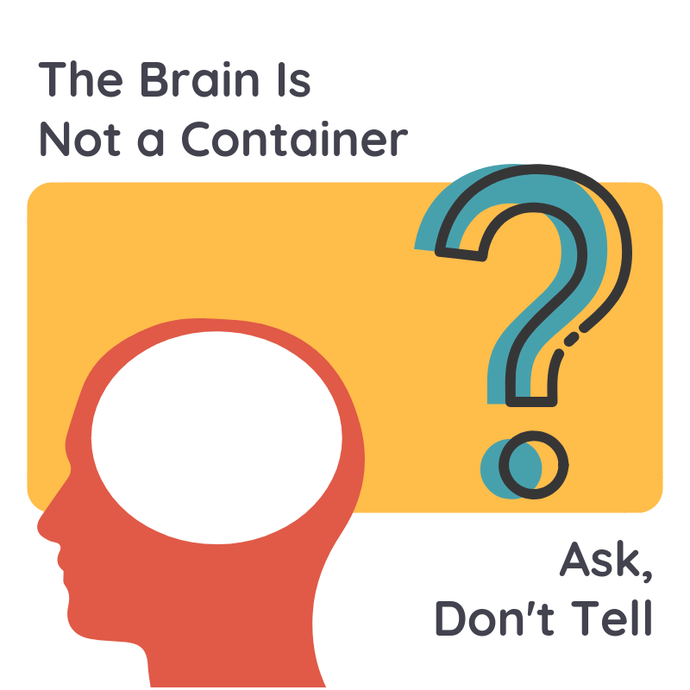 When we ask the brain a question, the brain will search for the answer. Understanding this explains the phenomenon that happens when you run into someone you know at the grocery store but can not remember their name. Later when you are falling asleep your brain remembers their name. That is because you asked your brain a question and although it took several hours to answer, it was diligently finding the answer for you. This philosophy of “Ask, Don’t Tell” is one of the cornerstones of my teaching. It does not matter if the student accomplished the goal, it matters if they know that they accomplished the goal. We may enthusiastically exclaim “Good Job!” when a student has successfully achieved what we were aiming to convey, but we do not know if they were aware of what they accomplished - this is where questions come in. Questions both create awareness and are using the brain as it is intended - to solve problems. Since we only see our students briefly once a week, it is imperative that we set them up in a way that they know how to work when they are practicing by themselves. Questions are a powerful tool to help us create students that are aware of and able to use their time best when practicing at home. Below is a short clip from my parent talk "Creating a Culture of Success" that goes into more detail on the concept of "Ask, Don't Tell." In a world full of violinists, with a staggering amount of talent, violinist Searmi Park stands out. Searmi (pronounced Say-ah-me) is the new concertmistress for the Eugene Symphony (Eugene, Oregon, USA) and was recently a featured soloist performing the Barber Violin Concerto in November 2014. Her incredible precision, focus and distinct style of expression leave a mark on all who get to experience her. She is a captivating artist and performer and the buzz of the town. I was fortunate to have the opportunity to do a short interview with Searmi to glean some insights for myself and my violin teaching studio and here is what I learned. How Did You Learn to Express Yourself? Searmi illustrated her philosophy with how she prepared for her recent performance of the Barber violin concerto. Although the opening of this concerto is one of the easiest technical parts of the piece to play, it was also one of the sections that she practiced the most in order to capture the desired expression she visioned. As explained in the book *The Little Book of Talent by Daniel Coyle, every skill falls into one of two categories: hard skills or soft skills. This is significant because hard and soft skills require different training and operate in different parts of the brain. In short, for violinists, hard skills are technique and soft skills are things such as performing and expression. As teachers, this is an important distinction for us to be aware of and balance in our studios. When we teach the violin, we may neglect emphasizing training the soft skills of expression and performing because our instrument requires so much hard skill technique. The success of Searmi’s approach to practicing expressing herself and to practice performing reminded me of the need to include this in my teaching curriculum so that I can best help my students. *The Little Book of Talent by Daniel Coyle is an accompanying book to The Talent Code also by Daniel Coyle. The Little Book of Talent breaks down the ideas of The Talent Code into 52 concise explanations and applications. Regarding “Talent” Any of you who have read the book Outliers by Malcolm Gladwell or the above mentioned The Talent Code are aware of the 10,000 hours research. This research concludes that mastery of any skill needs at least 10,000 hours of practice to ingrain and synthesize patterns into the muscles and mind. Many professionals, like Searmi, estimate their actual practice time significantly higher than 10,000 hours.
Public Speaking Teaches Performing “The violin is your voice” Searmi feels that it is important for a musician to be able to speak well in public. Through the process of learning to speak in public a person gains skill for performing on their musical instrument and builds their confidence. She said that if she had a teaching studio, she would incorporate the component of public speaking as a part of the curriculum for her violin students to better learn how to present themselves in public. On being a Yogi and Athlete: In addition to pursing music, Searmi has deeply dedicated herself in other disciplines. Encouraged by her college violin teacher and mentor, Mark Kaplan, Searmi started practicing yoga in her early 20’s and has since completed yoga teacher training. She loves the mind-body awareness that it gives her. Yoga literally means “yoking together” the mind and body. As violinists, the body is our first instrument and establishing a relationship of awareness with the body is a way to optimize the way we play our violins and keep ourselves healthy. My first violin teacher always emphasized how special yoga was and famous violinist Yehudi Menuhin has also been a strong advocate for complementing violin playing with a yoga practice. Searmi has also run a few marathons to date and is currently training for an ultramarathon in 2016. When asked about how yoga and running tie into her violin playing she remarked that she likes to take something as far as it can go with everything she commits to. These activities provide balance in her life and running and yoga are like practicing violin she says - “a mental game.” She shared how when working on the Barber Violin Concerto, she began at quarter note = 90 and metronome crawled her way to 192. This is the same way an athlete would train and the same way a beginner learns a new piece of music. It is a fundament to the work we do as educators and musicians and even those at the concert artist level. Advice for younger musicians: “You can learn to say anything with your playing at any level, but the harder you work the more you can express yourself.” I loved that Searmi kept coming back to the same message of emphasizing the importance of hard work and that it is thru one’s personal effort that we achieve our results. We know thru recent developmental psychology how important it is to praise the effort (i.e. the hard work) and not the result since this gives children a mindset for success that they can carry with them their whole lives on all things that they pursue. Searmi also emphasized that “violin playing is hard but it is so rewarding” which I believe is also an important message for our children. Many things in life are of value for the meaning and self awareness they bring to us and I believe that playing music falls into this category. Parenting: Searmi does not classify herself as a strict parent but teaches her children that they can do whatever they want with their lives and emphasized that children learn by example. Her consistent modeling of discipline in preparing for performances and maintaining her health and well being thru her yoga practice and long distance running set a clear example for her children of what is possible to do with one’s life. She also consistently came back to the same message in this interview that there is no secret to talent but that achievements are the result of hard work. Summary: Searmi walks her talk and has a relationship with her life that holds the boundaries of human potential as exciting, possible and rewarding. She has used her discipline and years of hard work to achieve her dreams and an incredible level of greatness in multiple realms. We wish her continued success in all areas of her life and are grateful for her insights here and the gifts she brings to this world.
Click to set custom HTML
“Doctor Suzuki said, ‘Only practice on the days that you eat.’” I say, in my most optimistic and encouraging voice, to every new cello student and their practice parent.
We all start out knowing that practice is the name of the game, we must commit to at least this part or it all goes down the tubes, right? But, when I hear myself saying this, I know full well that in about 5-6 months it is possible that I will see this same eager family, who nodded in agreement, walk into the studio with flat expressions, barely speaking to each other, and desperation showing in their once bright eyes. “We’ve had a hard week, month, few months,” they say. I know exactly what they are telling me. Despite all of the love, opportunity and dedication the parents have provided, the child refuses to practice. Maybe there had even been arguments, tantrums, and foot stomping by both parties. The honeymoon has ended and they are at their wits end. They don’t want their child to despise music or them, so maybe it’s time to throw in the towel? My heart fills with empathy for them both. I know so much of their pain, feelings of failure, guilt, and confusion about where they went wrong. How could a professionally trained Suzuki teacher have this problem?! After much reflection over the past few years as a new Suzuki parent, I have come to the conclusion that this struggle is absolutely part of the process and is completely necessary for many families. A familiar comment that I often hear from parents who are trying to pinpoint their practice struggle is, “Once she/he is in there, they play their hearts out and they enjoy themselves." It’s the “getting in there” that is the problem. The obstacle of transitioning from the outside world, with all of its excitement and wonderful distractions, to their actual workspace and mindset is something many artists face, from painters to musicians. Most of the time, once inside that space, it seems a magical inertia carries them forward until they have exhausted their creative output and work is done for the day. Personally, I find it very difficult to shift from my mama mode to the music studio, for either teaching or practicing. It was equally as challenging, if not more so, for our daughter, who spent all day at school or having fun with friends and family, to drop everything and pick up her violin because it was time. I would tell myself, “If I could just get her to the other side of the door with the instrument in her hands, everything will be okay, and the music will take over.” Unfortunately, because of the negative interactions prior to practice, our combative attitude would follow us through that door, and very little music would be accomplished. Realizing the transition period had been ignored and not included as part of the practice itself, we decided to make it inviting, special, and fun by creating a small ritual, which for us took the form of a tea ceremony. Once our daughter is aware that it is time for music practice, she finds her favorite tea cup, and with my help, makes herself a cup of tea with honey and puts a small cookie or biscuit on her plate. The entire process takes about 5 minutes and during that time we usually chat about what she intends to work on. She enters the studio with her tea and nibbles or sips through the first part of her practice. I have found that both of us consistently have a much calmer and more positive attitude as a result of being mindful of the transition. Emily Graff-Uhlman has been teaching cello privately for 13 years and currently maintains a small Suzuki studio in Eugene, Oregon while enjoying her three young children. She is a graduate of the Eastman School of Music (BM) and the University of Nevada, Reno (MM). Answer: You don't because knowing the taste of honey is experiential.
How do you describe the Itzhak Perlman performance last evening with the Eugene Symphony at the Hult Center for the Performing Arts? The analogy of how we describe the taste of honey also suits what it is like hearing a legendary performing artist. We can try to describe what we saw and felt but it does not fully capture the experience. It is difficult to capture in words what being at an Itzhak Perlman performance is like. How do we explain our marvel at the mark of high human achievement we saw before us? Our awe at a performer with fingers more nimble than we would believe to be possible? A performer whose career has been touching people around the globe for over 50 years? I ran into one of my students after the performance and asked her what she thought of the performance. I realized immediately that was not the appropriate question because when you hear Perlman perform it is not something you think about but something you feel. The feelings generated by a performer like Perlman pull you into the undertow of the mystery of life and a place where humanity connects within us. This connection is why we find live performances so valuable and necessary in our lives. http://www.itzhakperlman.com/ Below are links to our recent parent class titled "Strengthening Our Why & Creating a Culture of Talent." It is very important that we meet as parents and teacher to fully understand how the philosophy of a Suzuki education works and also to get very clear on why we are doing this.
My hope is that this parent talk ignited some of the deeper reasons why we have committed to a Suzuki violin education and that this clarity of reason keeps you strong in your commitment when challenges come along.
|
Categories
All
Archives
February 2024
AuthorHi! It's me, Heather. I absolutely love working on the Music for Young Violinists project and all the many facets: blogging, website, music, teaching materials, freebies, videos, newsletter and giveaway contests. The best part is connecting with you so feel free to drop me a line. You can learn more about me on the "ABOUT" page. Thanks! |
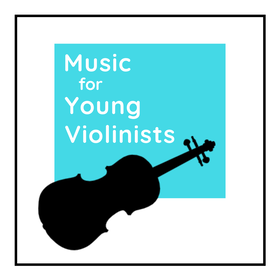
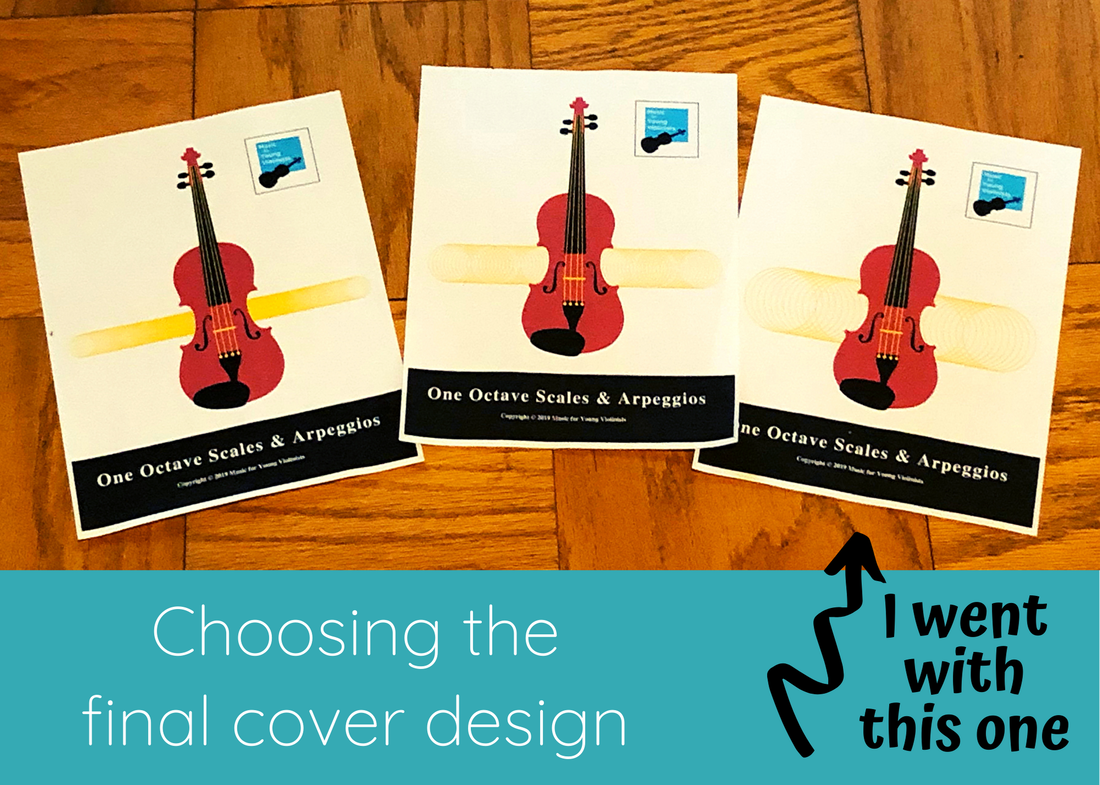
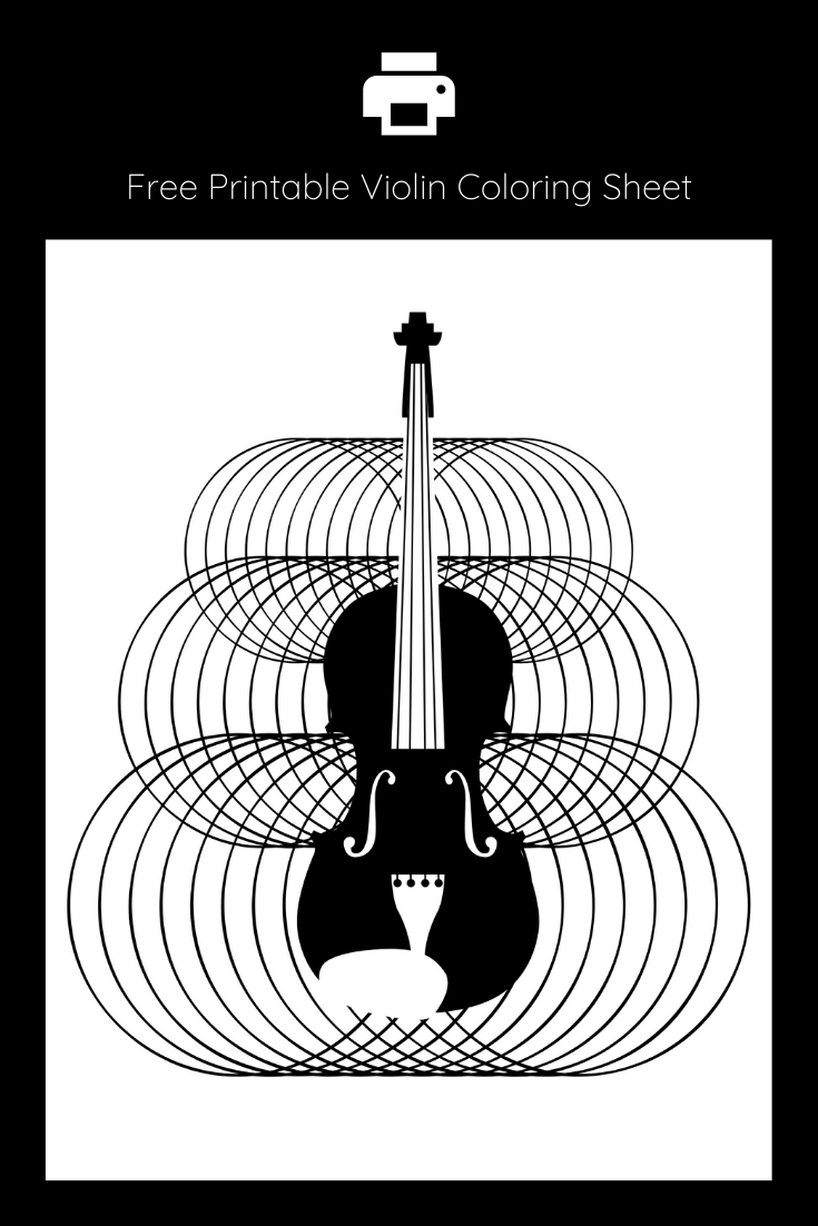
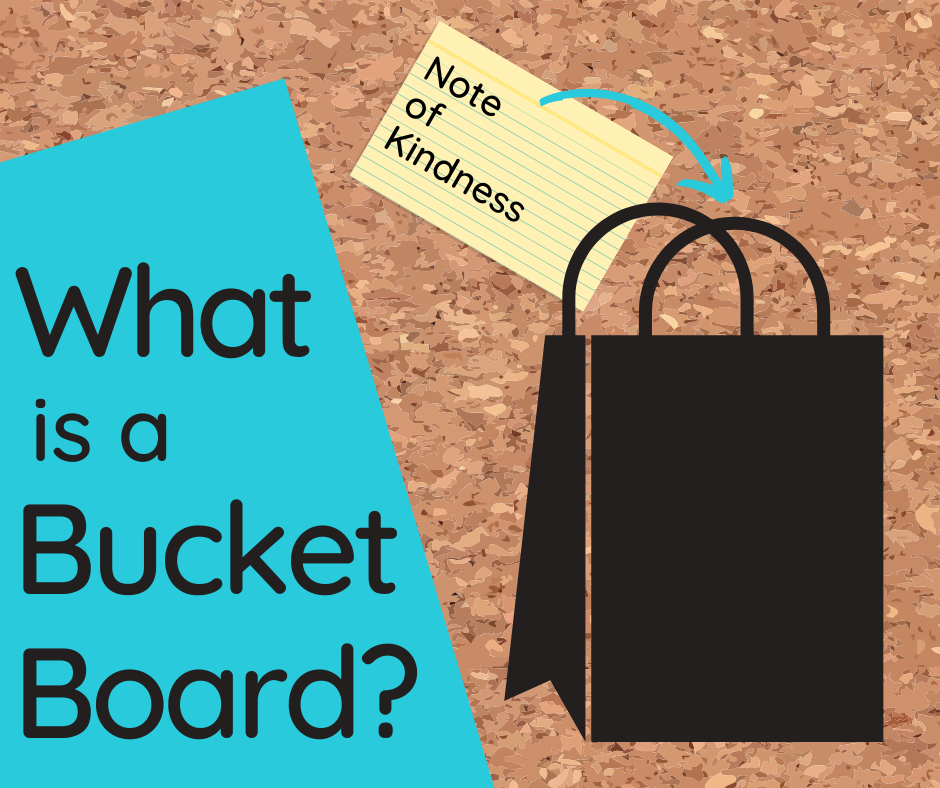
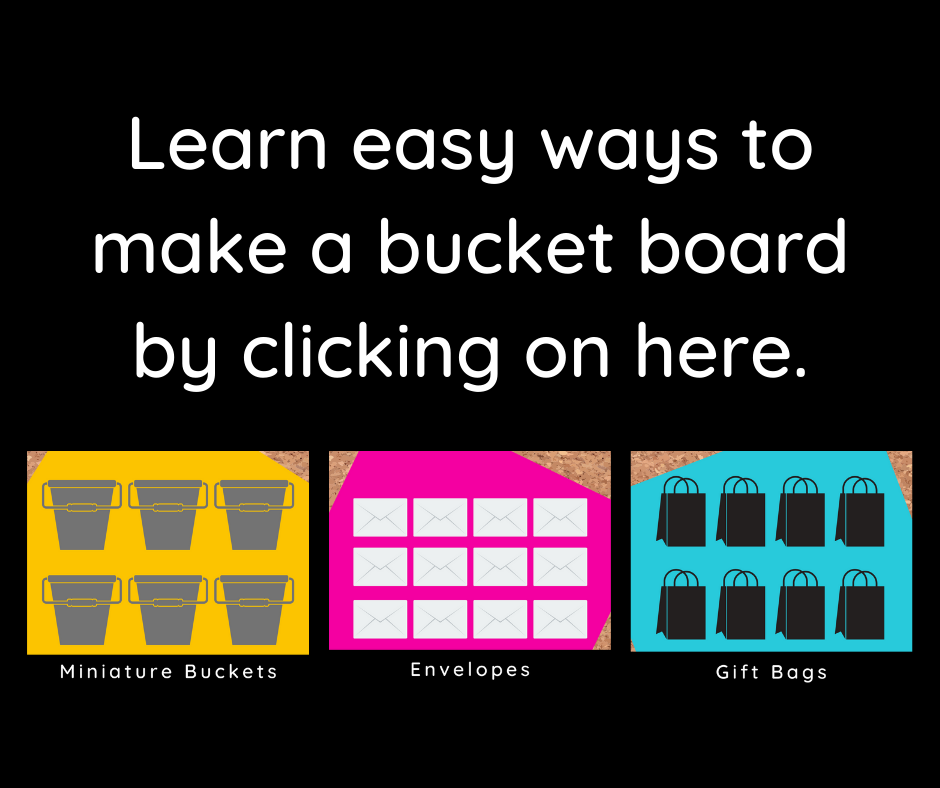
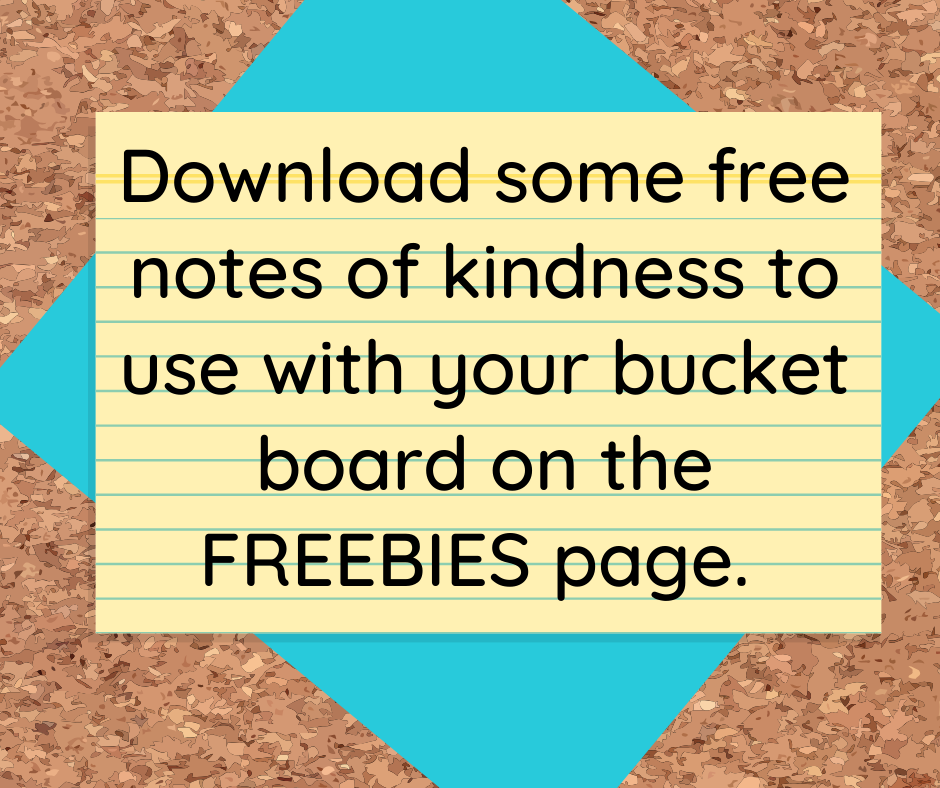
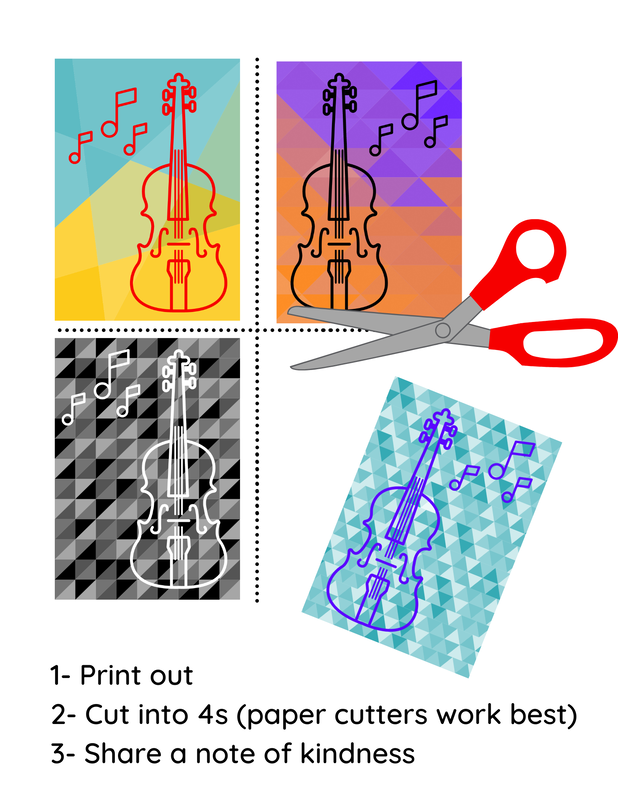
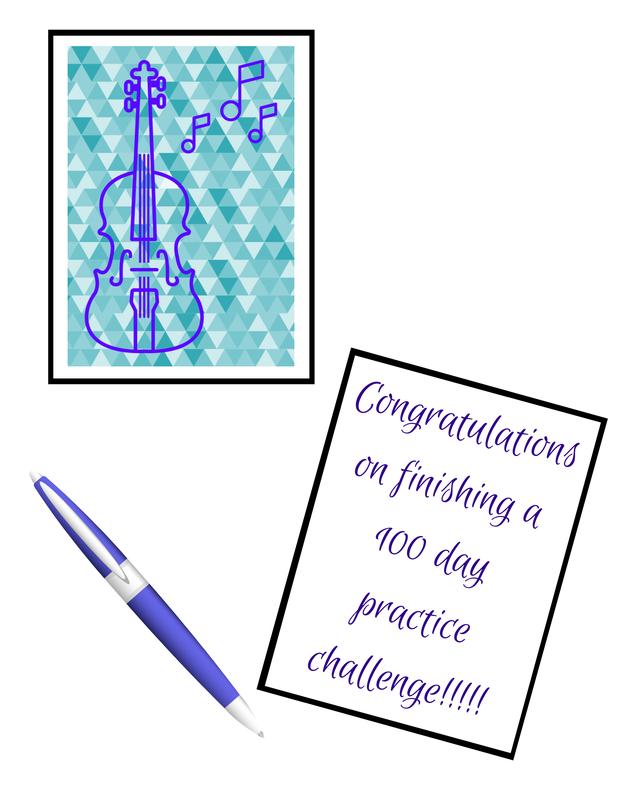
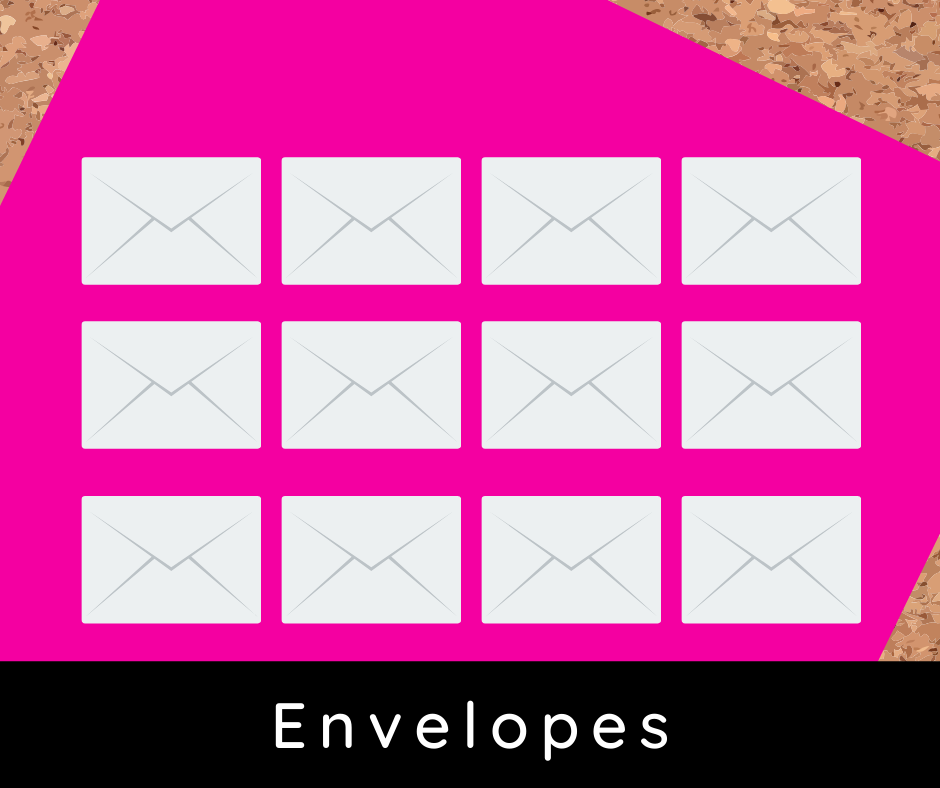
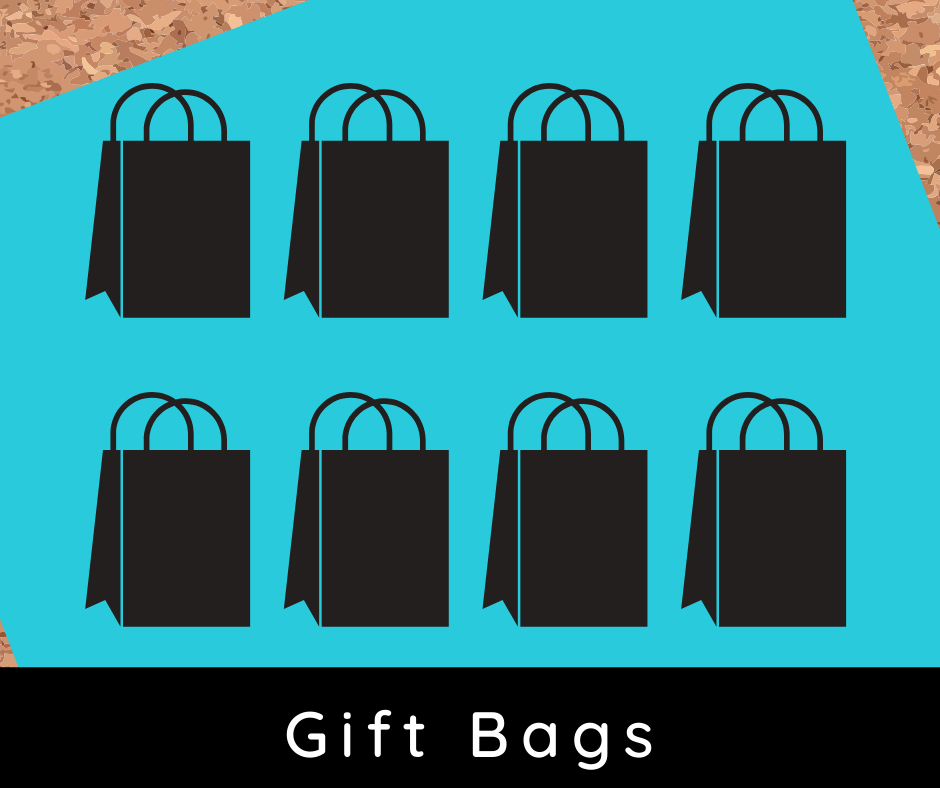
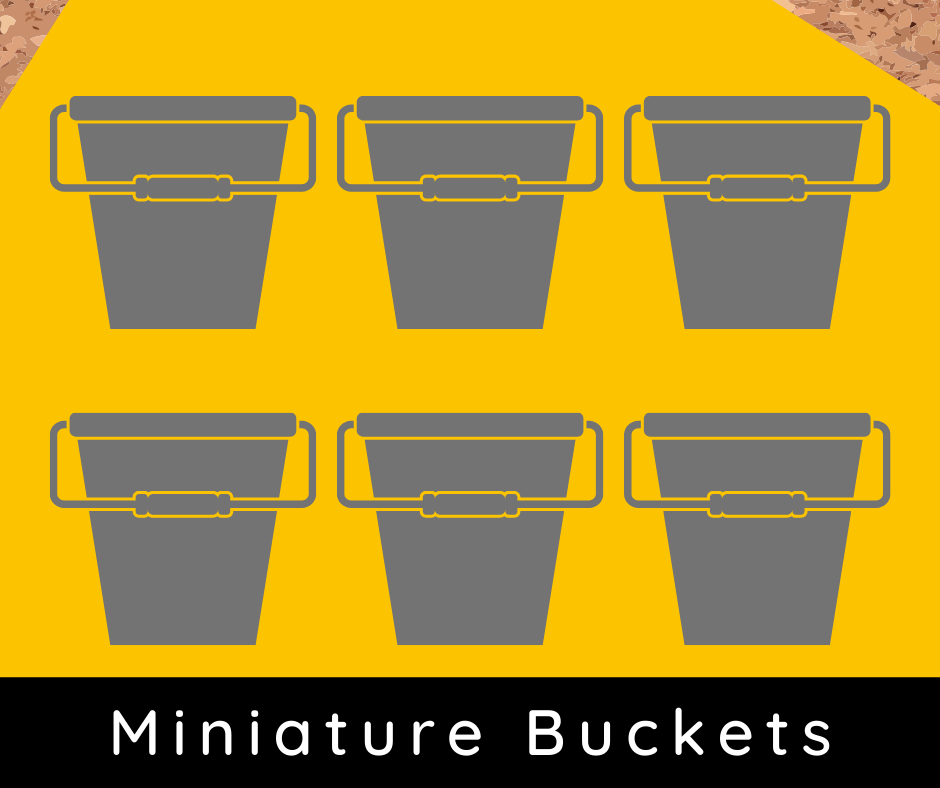
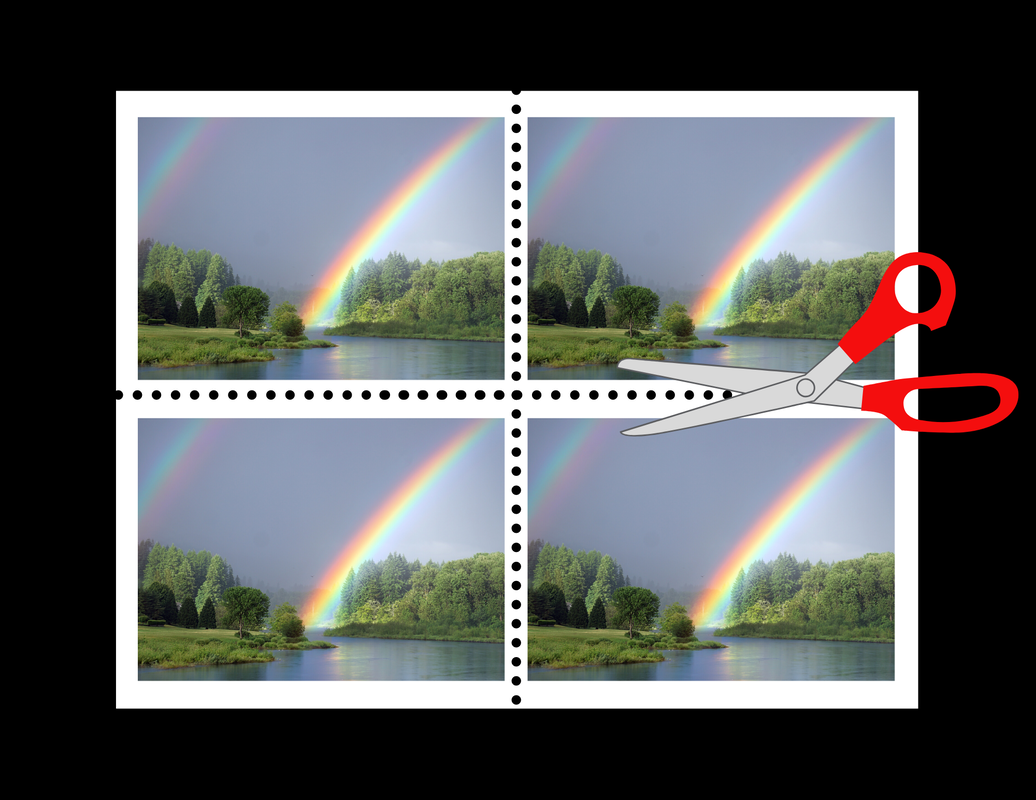
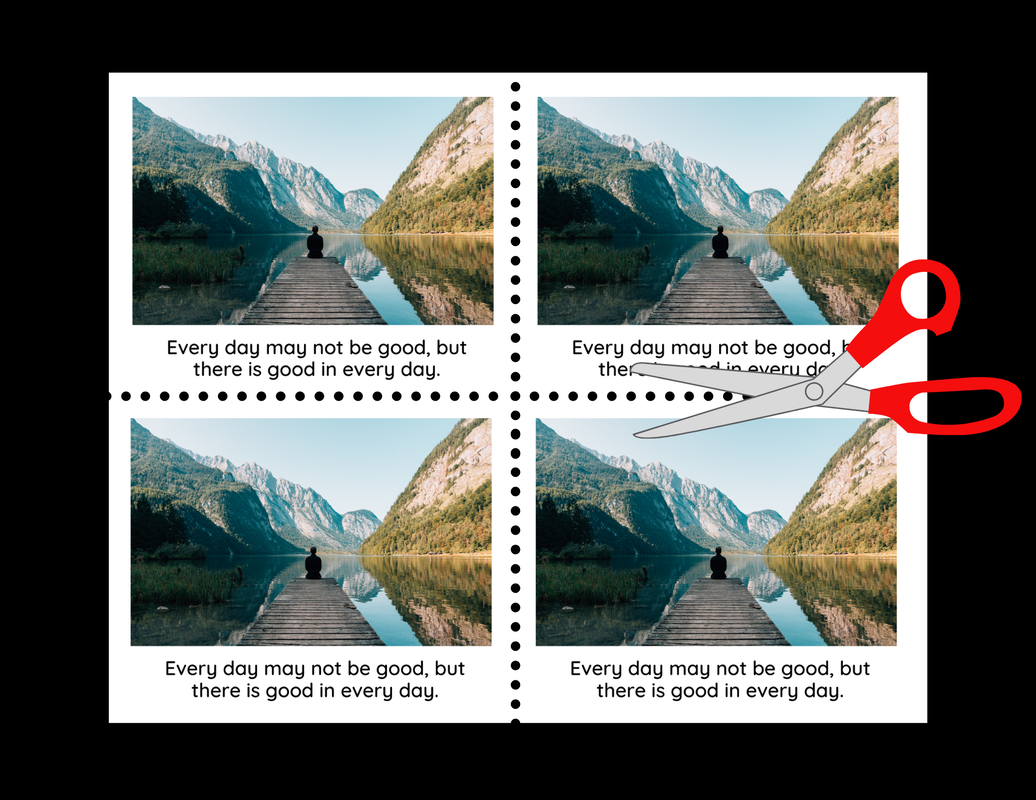
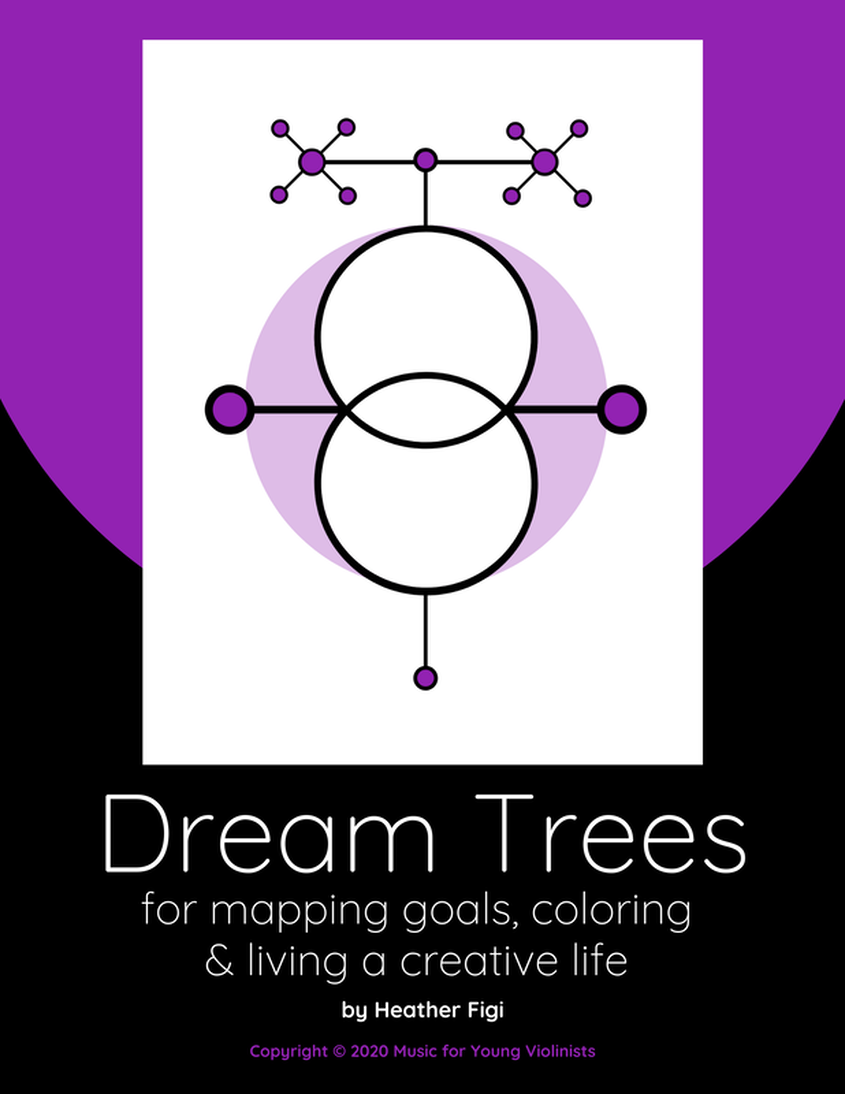
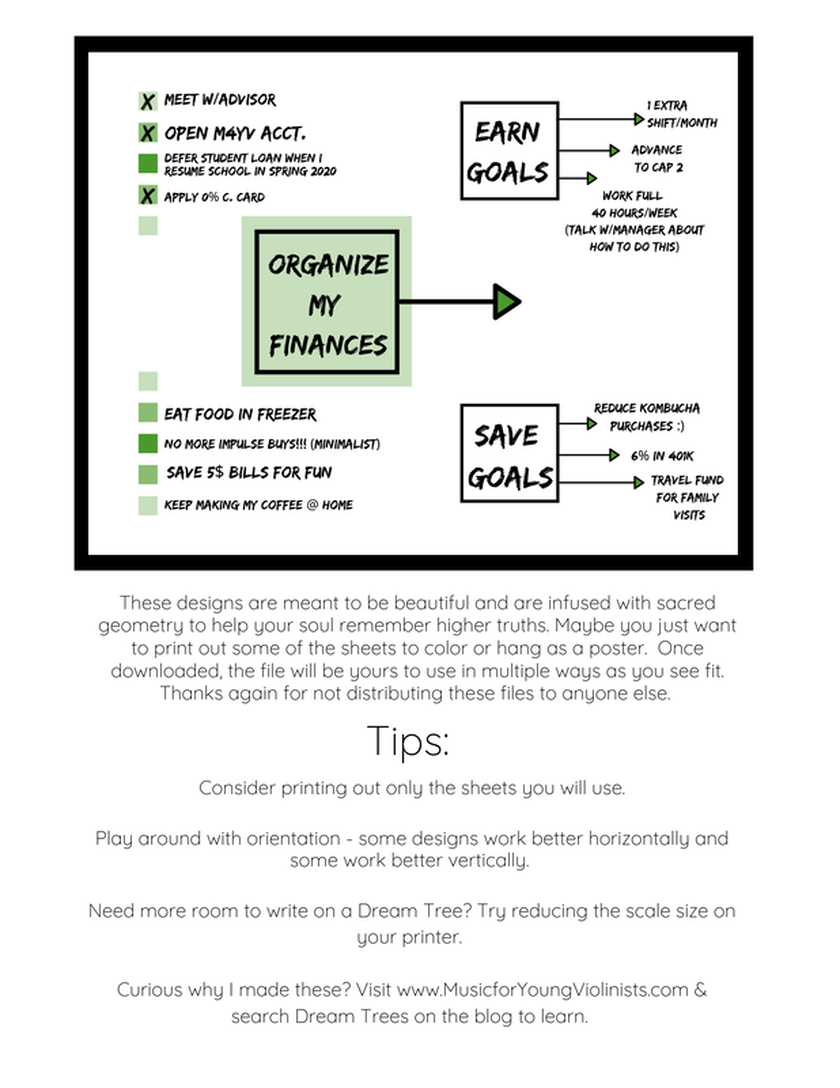
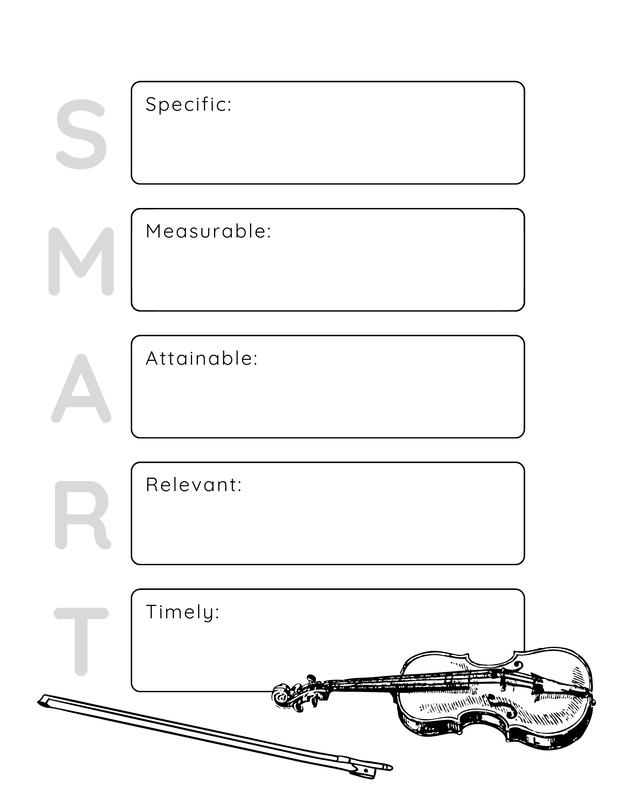
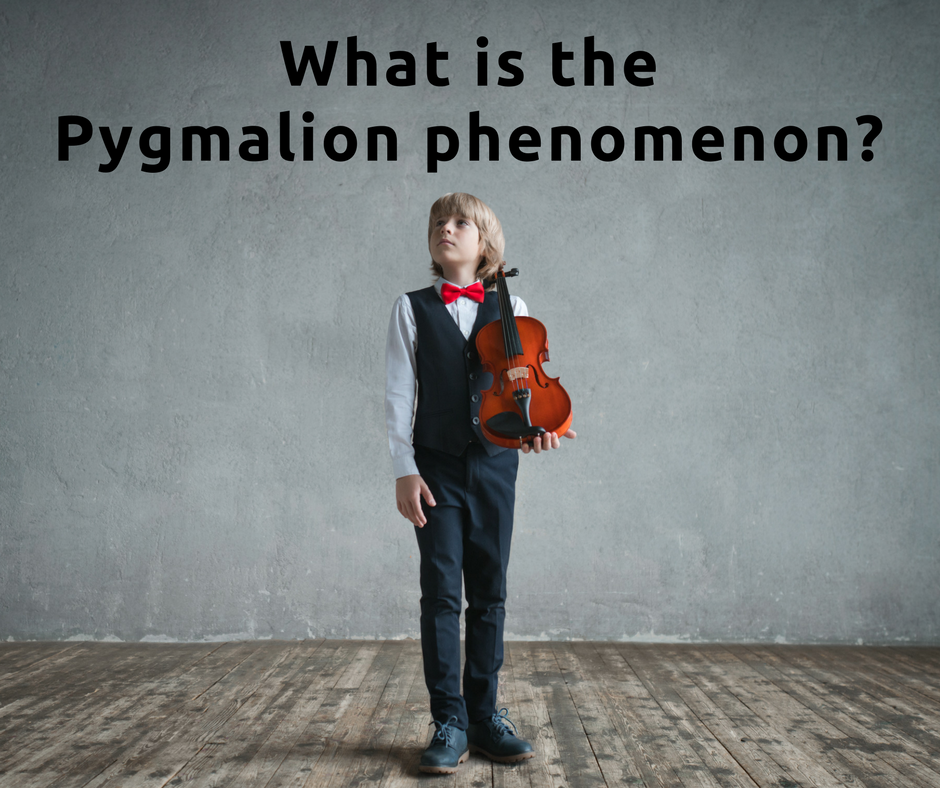
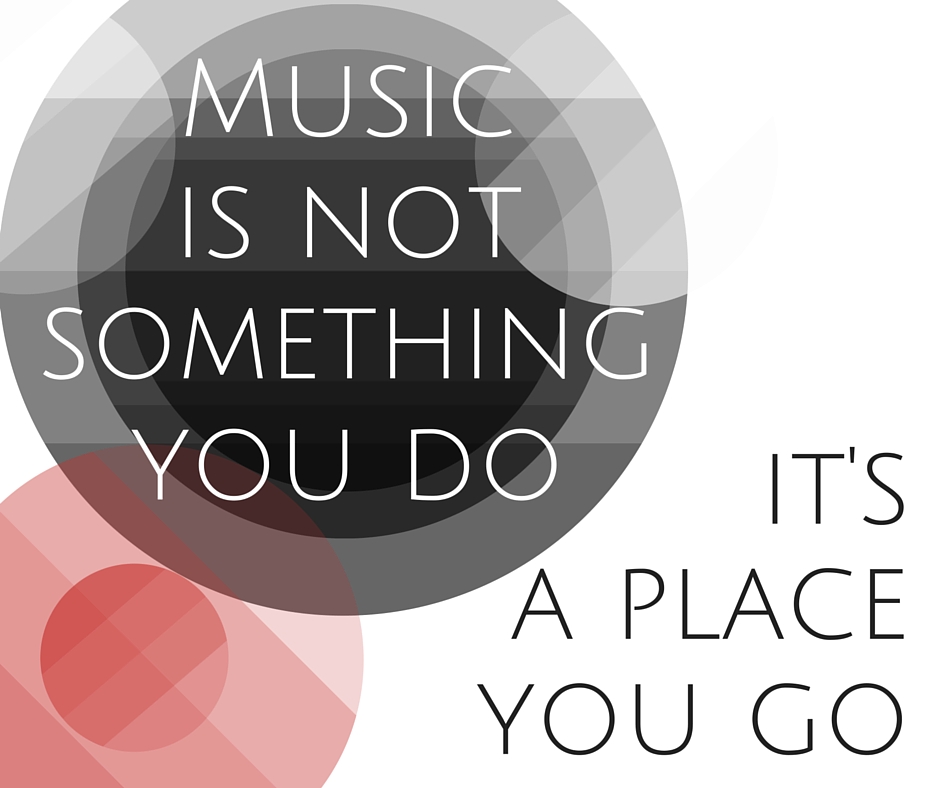
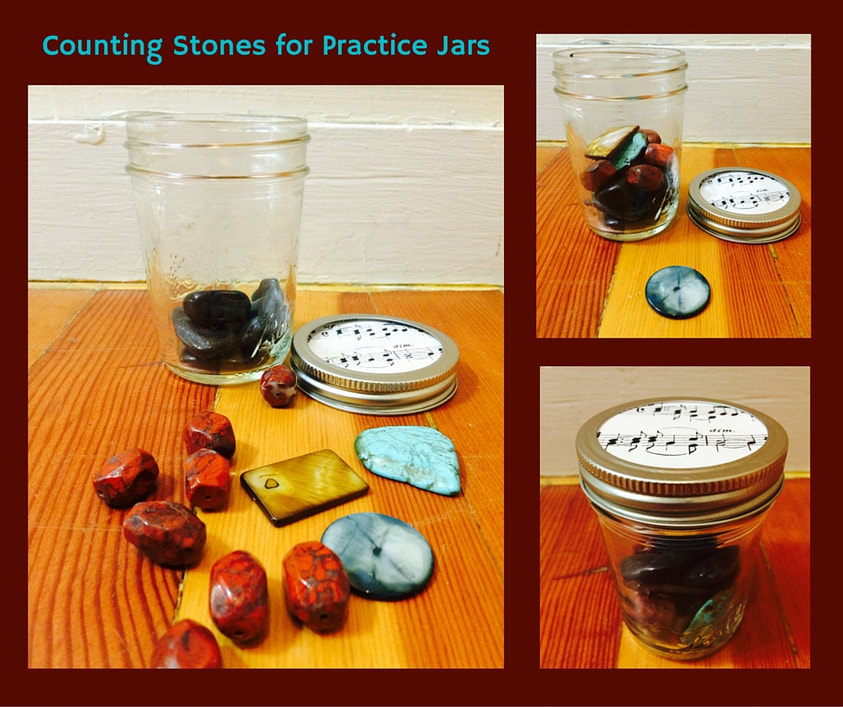
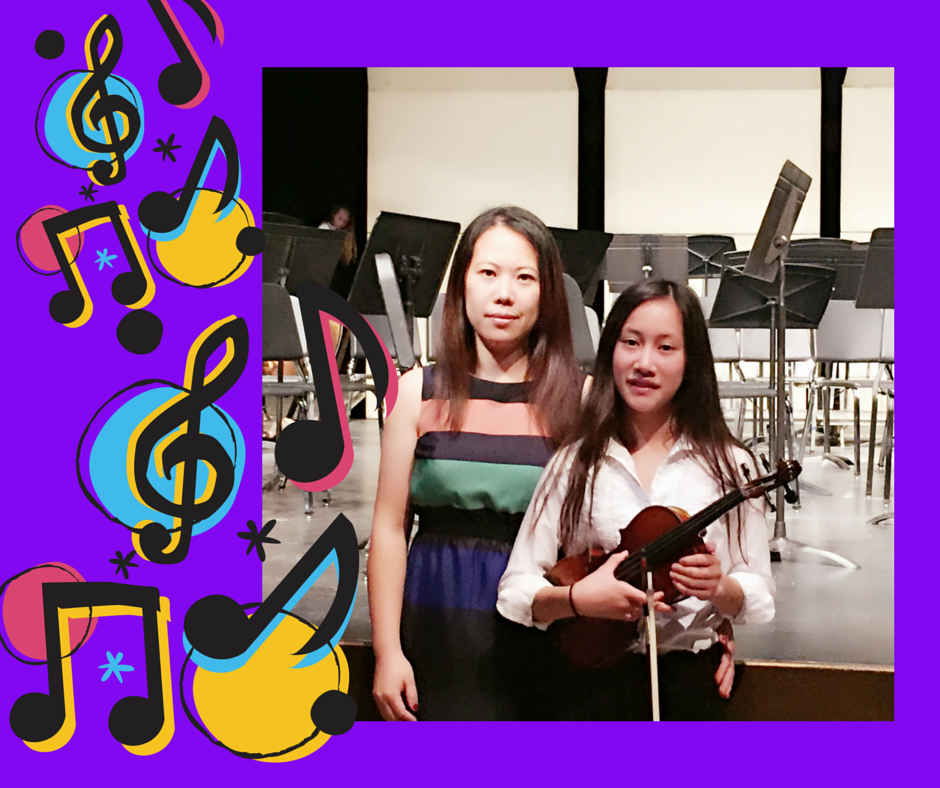
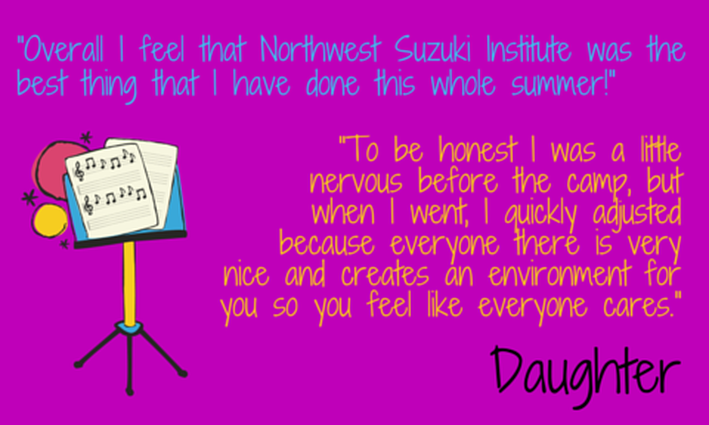
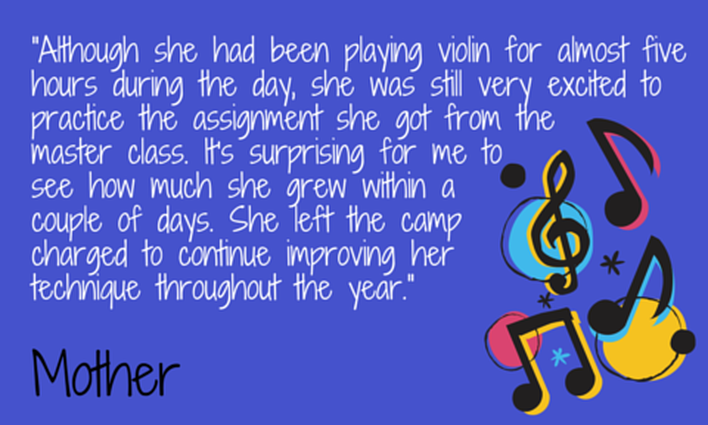
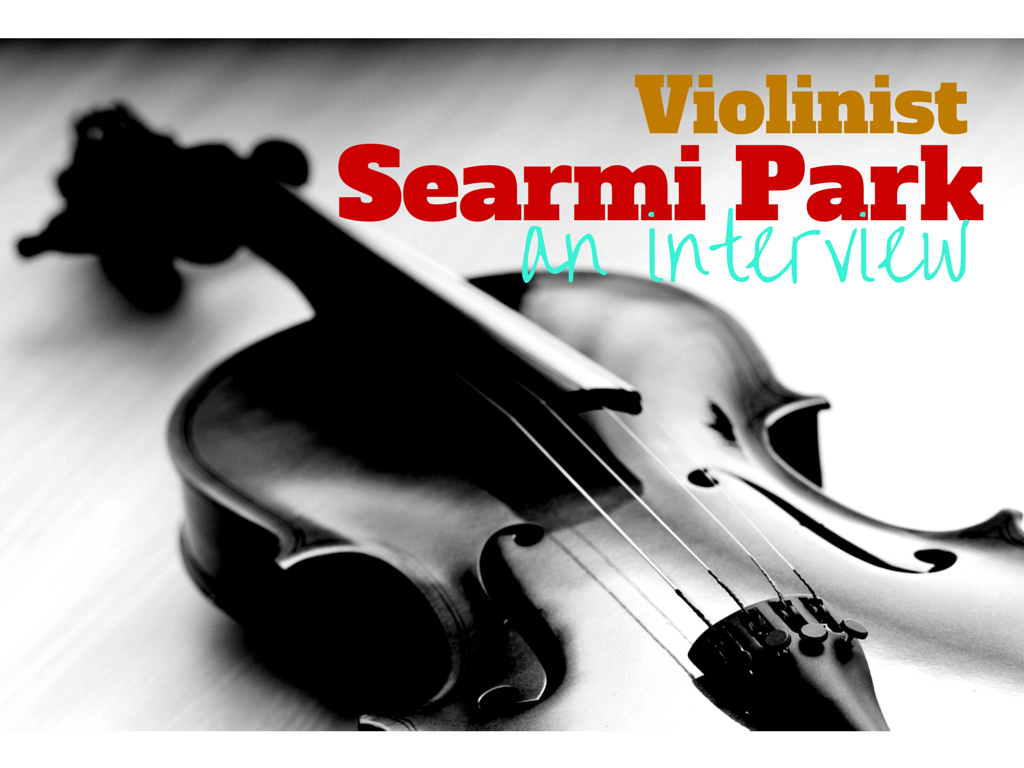
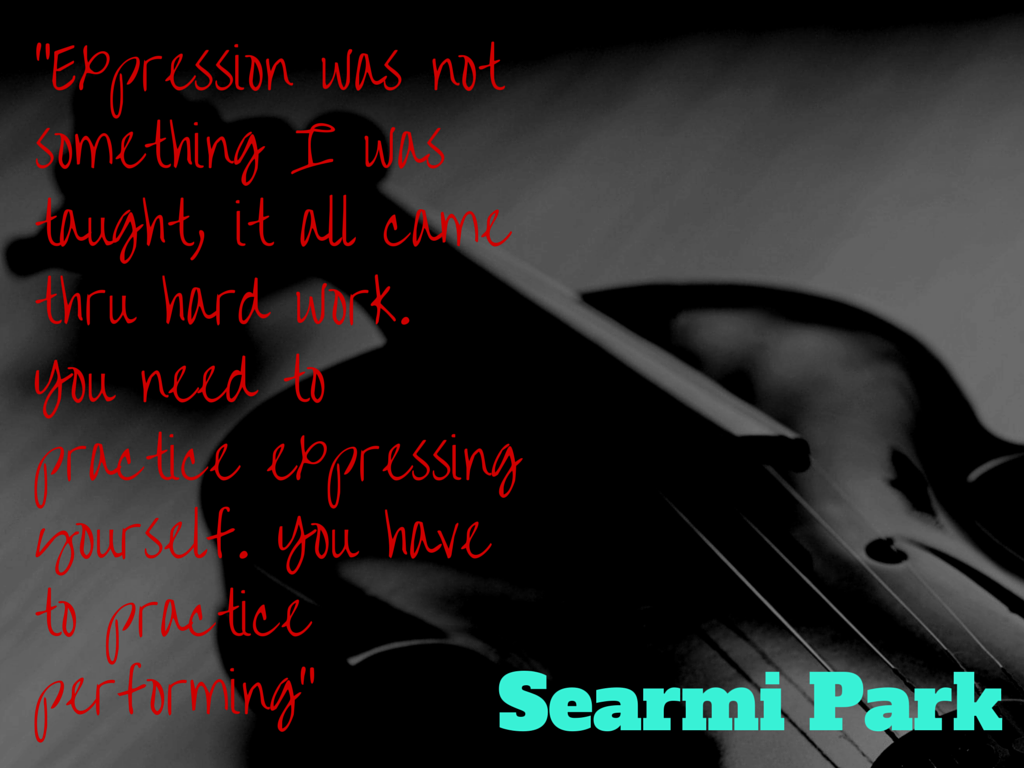
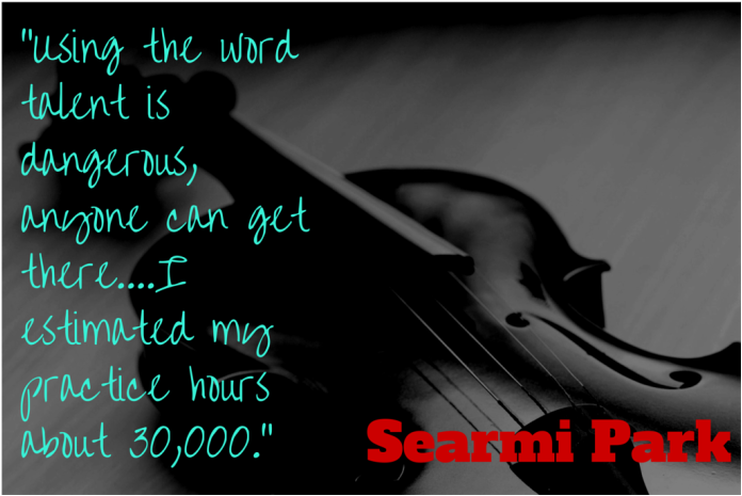
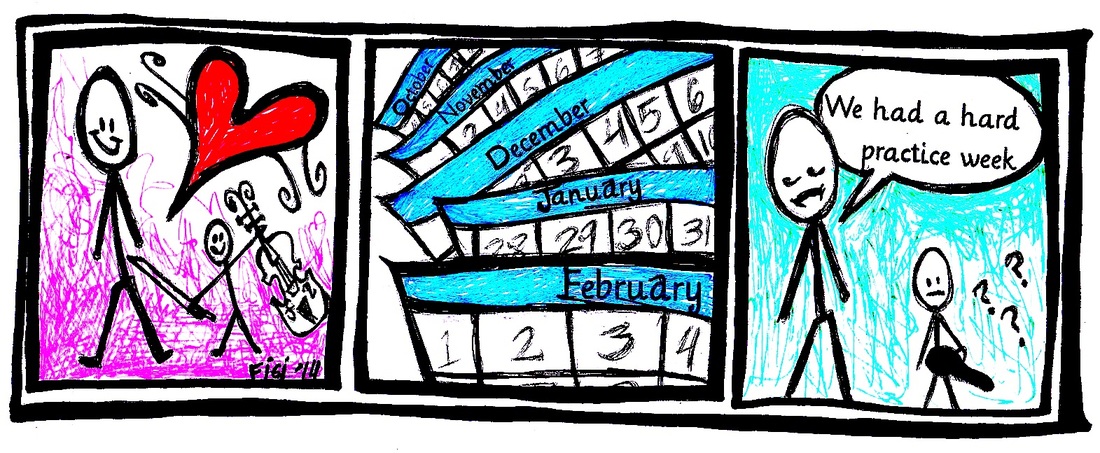
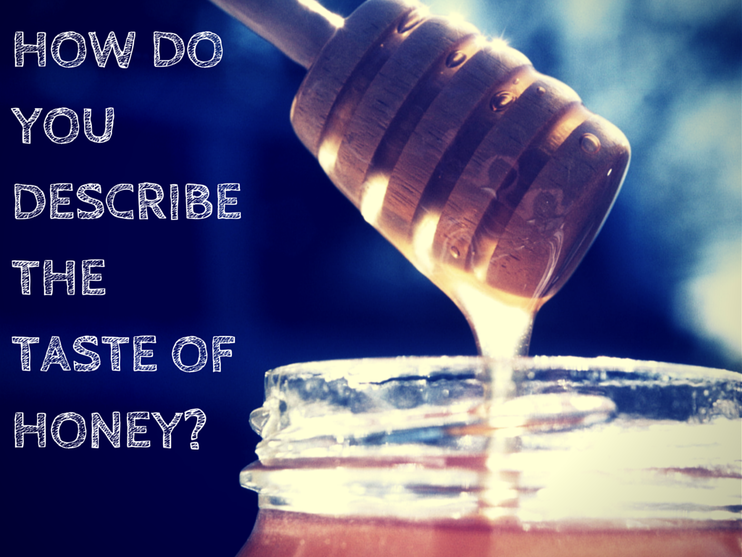
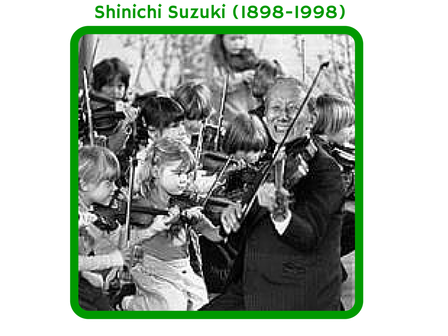
 RSS Feed
RSS Feed
